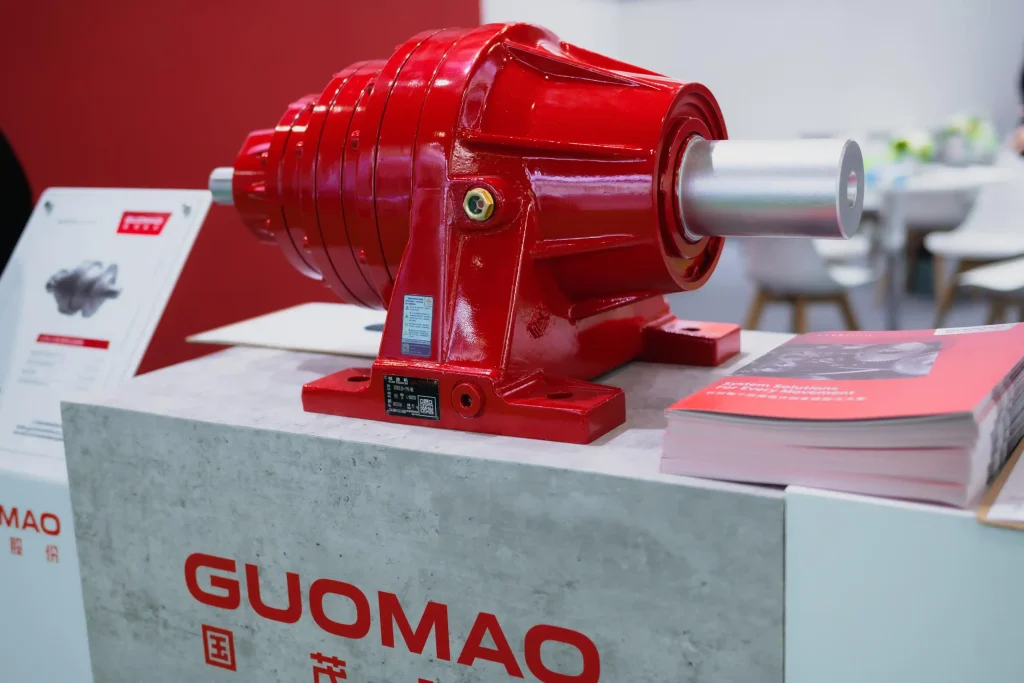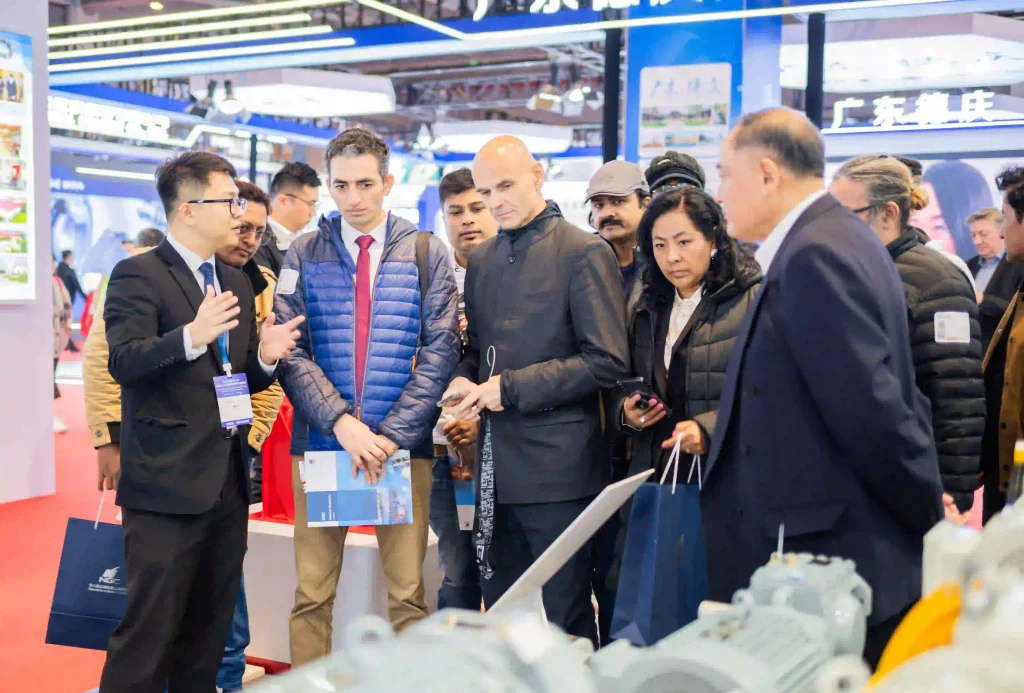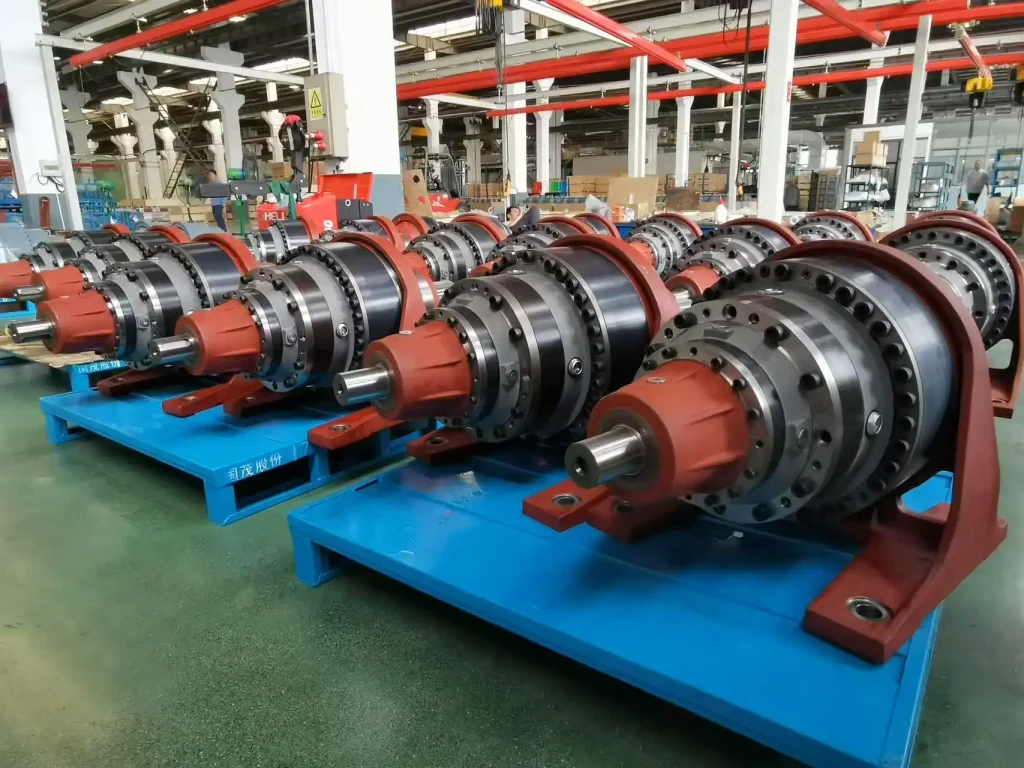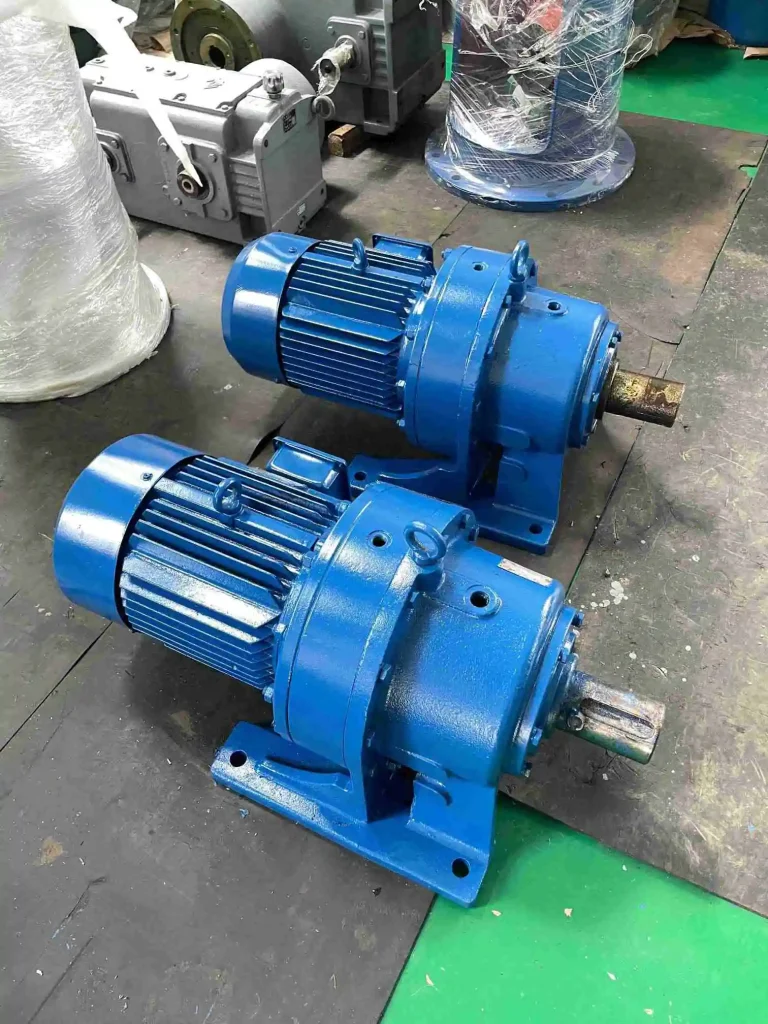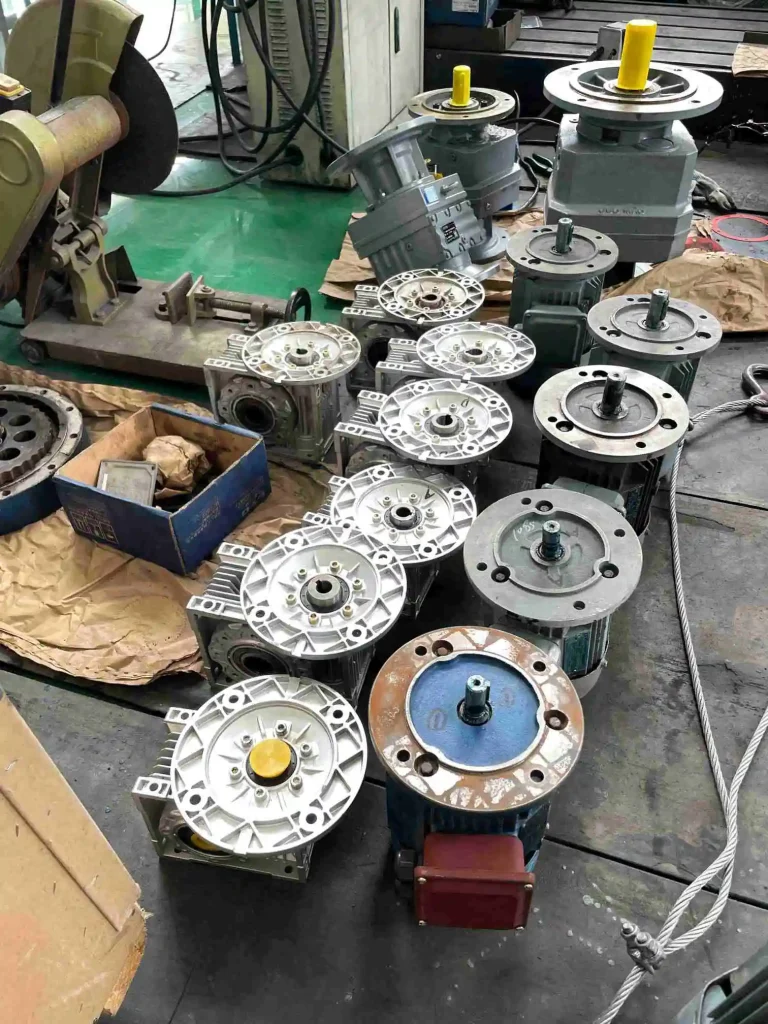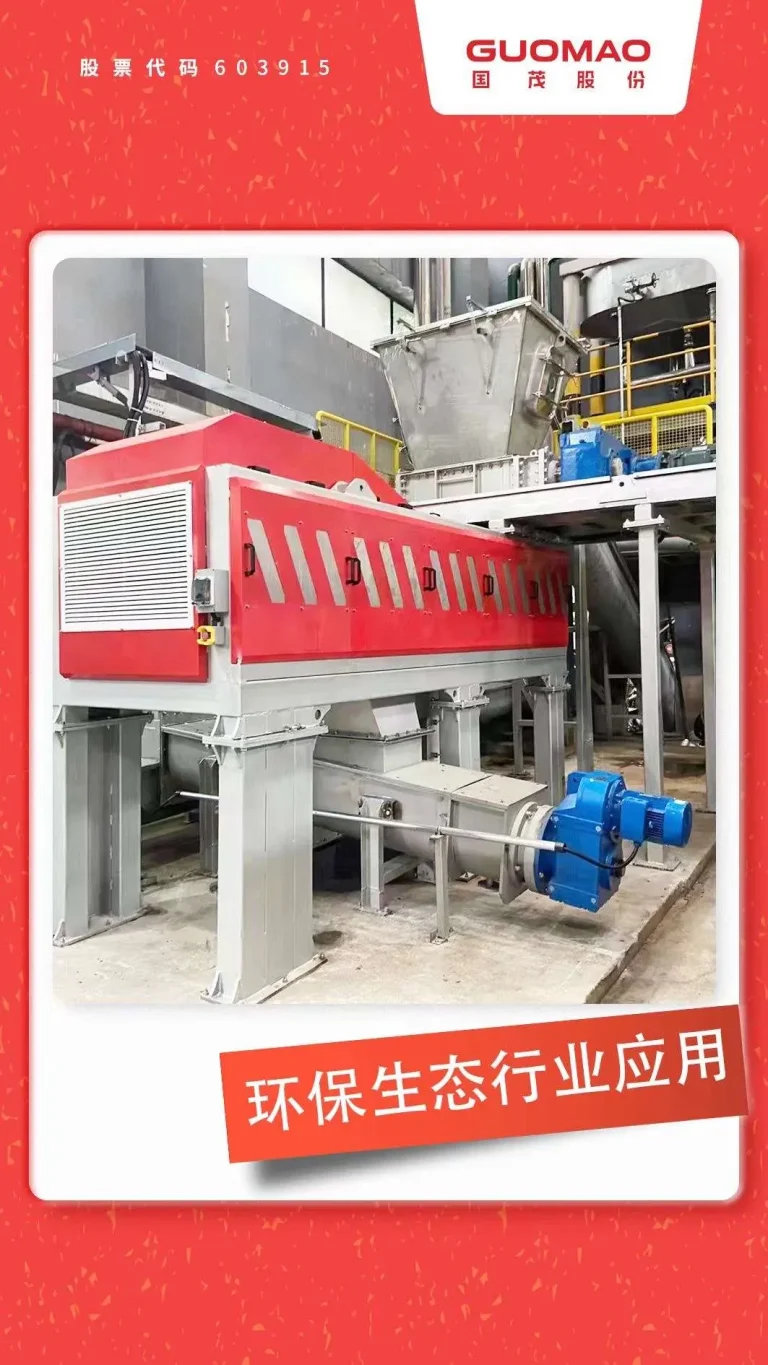For compact power systems, few components rival the strength and versatility of a small planetary gearbox. As machines require smaller sizes with high output, these gear units work well in robotics, automation, and precise motion tasks. At Guomao, we make reliable, high-quality gearbox solutions for modern industries. This article examines how small planetary gearboxes compare to other types, their main advantages, and why Guomao’s products do well worldwide.
What Makes Small Planetary Gearboxes Unique?
What defines a “small planetary gearbox”?
A small planetary gearbox is a compact gear system. It includes a central sun gear, planet gears around it, and an outer ring gear. Though small, it provides strong torque, low backlash, and good power density. Its space-saving design handles heavy loads and delivers torque well in tight spaces. This makes it ideal for setups where space is scarce but steady, strong performance is needed.
How does compact design benefit performance?
The small size of a planetary gearbox is a big benefit in engineering. It is even set to distribute loads evenly. This leads to smooth motion, less vibration, and a solid torque-to-size ratio compared to other gearboxes. In small spaces, like robotic joints or automated actuators, these units offer high efficiency without large parts. The even structure also reduces wear, extending component lifespan.
How Do Small Planetary Gearboxes Compare to Other Types?
Planetary vs Helical: Which is smarter?
Helical gearboxes operate quietly with smooth gear contact. They fit well where low noise is key. However, they are larger and less power-dense than planetary designs. Small planetary gearboxes stand out in precise tasks where size and weight must stay low while giving torque. Their ability to provide strong torque in a small space suits tight setups.
Helical gearboxes need more space for similar output. Their efficiency drops as the size grows. In contrast, planetary gearboxes maintain or increase torque while staying small. This offers an edge for tasks needing high power in confined areas.
Planetary vs Spur: Torque, size & lifespan
Spur gears are simple and low-cost. Yet, they struggle under heavy loads and make more noise due to single-point contact. This makes them less suited for high-torque or quiet tasks. Planetary gearboxes use multiple gear surfaces at once. This improves torque capacity, load handling, and durability, ideal for tasks needing high torque and long life.
Planetary gearboxes also run more efficiently. Their multi-gear system reduces mechanical losses and energy dissipation. This leads to less wear and better long-term performance than spur gears. For heavy equipment or fast tasks, planetary gearboxes are more dependable.
Planetary vs Cycloidal: Precision and footprint
Cycloidal drives manage shock loads and heavy weights well. However, their larger size and complex parts make them less ideal for small spaces or precise tasks. Small planetary gearboxes take up less room while keeping strong load-handling abilities.
Planetary gearboxes often beat cycloidal drives in efficiency, especially in high-precision or quick tasks. While cycloidal drives suit some heavy jobs, the compact, effective design of planetary gearboxes makes them better for precise settings where size or complexity is an issue.
Where Is Compact Torque Essential?
Robotic arm drives
Industrial and collaborative robots depend on gearboxes with low backlash and high accuracy. Our Precision Planetary Reducer is made for these needs. It offers precise motion and pairs well with servo motors in small robotic joints. This ensures accurate control in tasks like assembly lines, pick-and-place systems, and automated setups.
The small size of planetary gearboxes fits robotic arms without losing power. They are ideal for electronics manufacturing, where rapid and highly accurate movements are essential.
Miniature conveyors
In electronics, packaging, and small-scale systems, small planetary gearboxes drive miniature conveyors. These operate in tight spaces and stay reliable under high speeds and loads. Our Engineering Mechanical Planetary Gearbox delivers strong torque with little effort, ensuring steady performance for lightweight conveyor systems.
Miniature conveyors in sorting or assembly lines need gearboxes that perform well in small spaces. Our planetary gearboxes’ compact design makes them suitable while keeping efficiency high.
Precision automation
From pick-and-place machines to semiconductor tools, small planetary gearboxes excel in precise automation. Our Engineering Mechanical Planetary Gearbox is built for repeated high-load tasks in tight setups. It balances torque, durability, and size efficiency. These units meet the needs of precise systems, where small errors can cause problems.
In industries like semiconductor manufacturing, accurate torque and positioning are vital. Our gearboxes deliver the precision and efficiency needed for steady operation.
What Types of Small Planetary Gearboxes Are Available?
Single-stage vs multi-stage planetary gearboxes
Single-stage planetary gearboxes are efficient with less internal friction. They suit low-ratio tasks and are compact, light, and effective, ideal for simple, high-torque jobs. Multi-stage planetary gearboxes offer a wider gear ratio range while staying small. They are perfect for tasks needing low speed and high torque.
Multi-stage gearboxes are used in systems requiring precise speed control, like automation or robotics. Both types let users pick what fits their needs.
In-line vs offset configurations
In-line planetary gearboxes keep a straight axis, ideal for compact, aligned setups. Offset configurations allow flexibility in machine layouts, especially when the motor and driven shafts are not aligned. These suit machinery needing adaptable designs, like automotive or manufacturing systems.
At Guomao, we offer both in-line and offset configurations in our planetary gearbox lineup. We also provide customizable mounting, shaft designs, and gear ratios. Whether you need a compact solution or a specific setup, our team delivers tailored units.
Why Choose Small Planetary Gearboxes for Heavy-Duty Tasks?
High torque density in small form factor
Despite their size, our planetary gearboxes deliver strong torque, matching larger alternatives. The Engineering Mechanical Planetary Gearbox, for example, has a high contact ratio and hardened gears for reliable performance under heavy loads.
Durable under shock and rapid reversals
Planetary gearboxes handle sudden shocks well due to their multi-gear design. Our Engineering Mechanical Planetary Gearbox is tested for tough tasks with frequent starts, stops, and direction changes.
Low maintenance, high efficiency
With plain-shaped gears and sealed lubrication systems, our planetary gearboxes need little upkeep. Our Precision Planetary Reducer achieves over 95% efficiency while running reliably over long cycles.
FAQ
Q: What is a small planetary gearbox and why is it used?
A: A small planetary gearbox is a compact gear system that provides high torque in a small space. It is used in robotics, automation, and small machinery for its efficiency and durability.
Q: How does a planetary gearbox differ from a helical gearbox?
A: A planetary gearbox uses multiple gears at once, offering higher torque in a smaller size. Helical gearboxes are quieter but larger and less torque-efficient in tight spaces.
Q: Are small planetary gearboxes suitable for high-precision applications?
A: Yes, models like our Precision Planetary Reducer provide low backlash and high accuracy, ideal for precise robotics and automation.
Q: Can a small planetary gearbox handle continuous operation?
A: Yes. Our Engineering Mechanical Planetary Gearbox is built for non-stop, high-load tasks with strong thermal stability and long life.
Q: What maintenance is required for Guomao small planetary gearboxes?
A: Our gearboxes need minimal upkeep due to sealed lubrication systems. Regular checks and proper setup ensure reliable performance.


